“Backstage Pass” is a series of articles designed to take readers on a behind-the-scenes tour of the Bob Jones University campus. Many of the historical details come from A Short and Fevered Rehearsal: The Story of Rodeheaver Auditorium, a documentary produced by BJU.
Rodeheaver Auditorium has played a prominent role at Bob Jones University ever since the school moved to Greenville in 1947. It is the first building most visitors see when they arrive on campus. Significant performances have been held there, including Cyrano de Bergerac, Samson et Dalila, and Disney’s Beauty and the Beast: The Broadway Musical. However, few people know the rich history of this building, and the people who made its existence possible.
The origin of the theatre
Dr. Darren Lawson, Dean of the School of Fine Arts and Communication, said fine arts have been part of BJU since the school’s founding in 1927.
The move to Greenville twenty years later created an opportunity to build a larger auditorium. Dr. Bob Jones Jr., who had a keen interest in the fine arts, intended it to serve two functions—as a center for preaching, and as a theatre for concerts, plays and other events. The new auditorium was named for Homer Rodeheaver, a friend of the Jones family who served as Billy Sunday’s music director.

“This one building was one-fourth of the budget of all of the campus,” Dr. Lawson said. “And it was the last one to be done… they were still building it when the kids were coming here.”
The country was still recovering from both the Great Depression and World War II, and building materials were scarce. But by God’s grace, the new campus—including Rodeheaver Auditorium—was completed in 13 months. Immediately after the theatre’s completion, the Spitalny Group—a well-known orchestra of all-female instrumentalists led by Phil Spitalny—was invited to perform in the first Artist Series in 1947, the precursor to the Concert, Opera, and Drama Series of today.

Rodeheaver was used for both Artist Series and preaching until the early 1970s, Lawson said. By then, the school had outgrown the auditorium, so it built Founders’ Memorial Amphitorium. The FMA became the center of preaching—hosting daily chapel, Sunday morning worship and the annual Bible Conference. Rodeheaver, on the other hand, became the center for arts and culture.
From the floor to the rafters
What can first-time visitors expect from a trip to Rodeheaver? The first room they will see is the spacious lobby with its stone and wooden furnishings, lit by three matching chandeliers as well as windows that allow sunlight in. Beyond the lobby, visitors will find themselves in an auditorium designed to hold 2,600 people. If they take seats on the ground level, they will see portraits from some of BJU’s greatest performances—like Macbeth and Samsom et Dalila–as they make their way to their seats. Those who choose the balcony will be greeted by two stone lions that silently stand guard over opposite ends of the room. These are the rooms most visitors will see.
The people working on the productions, however, see much more of the building. For example, there is the wardrobe where designers work around-the-clock, making new costumes or repairing old ones. Or the property rooms in the basement, where props and sets from older productions are stored. Sometimes, these sets are refurbished and used in later performances. There is a scene shop, where new sets are built. And of course, no theatre would be complete without its dressing rooms and wig room.
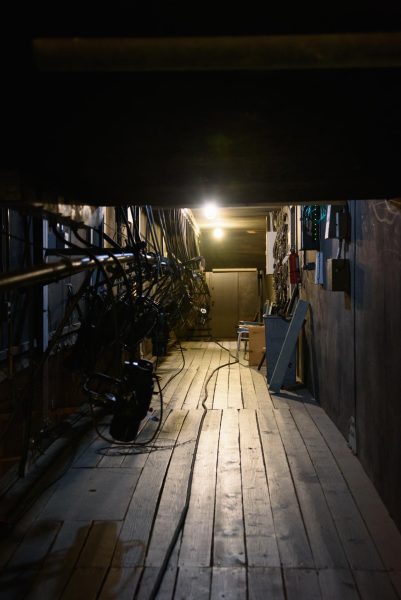
Perhaps the most exciting thing to see at Rodeheaver Auditorium is what the stage crew calls “the beams.” These are a series of walkways hidden above the auditorium ceiling. They enable the stage crew to walk dozens of feet above the audience, undetected during the performances, allowing them freedom of movement from one side of the building to the other.
Some of the stage lighting is done from here as well. Lillianna Pliska, a senior theatre major and member of the lighting crew, explained how they “follow spot” from the beams during performances, using spotlights that resemble small cannons. They adjust them as needed, following the actors on the ground as they move from one end of the stage to another. Of course, as in any other theatre, the focal point of Rodeheaver is its stage. And this stage has a history older than the building itself.
A stage with a story
The Broadway-style stage—complete with an orchestra pit, a turntable, a revolving stage, and three stage elevators—wasn’t installed until 1954. Originally, Dr. Bob Jr. and the architect made plans for a stage with giant elevator lifts, but they were left out because the school had neither the time nor the money to install them. It is safe to say that BJU may not have acquired the stage without the help of Mel Stratton, the stage manager at the time.
In 1954, Center Theatre in New York City decided to auction off internal furnishings and equipment from its stage. Katherine Stenholm, who was director of Unusual Films and was visiting New York at the time, heard the announcement and told Dr. Bob Jr. about the sale.
Dr. Bob Jr. made a low offer, realizing there would be little to no competition from other buyers. The Centre Theatre accepted the offer and agreed to dismantle the stage so BJU could ship it to Greenville. The school waited several days for a call from the theatre, but the call never came. Finally, someone from the school called the theatre and asked if the stage was ready to be shipped. As it turned out, a demolition crew was about to demolish the stage. Stratton went to New York City the next day to make sure the stage was shipped to the school as agreed. Dr. John Matzko, BJU’s archivist, explained how Stratton oversaw the dismantling of the stage.

“Mel Stratton went up and watched them take everything apart, took notes in a little notebook,” Matzko said. “They trucked it all back here and laid it all out in the parking lot out back. And piece by piece, they brought it in and put it all back together.”
Using his notes, Stratton was able to rebuild the stage from scratch. He even made a few adjustments by reconfiguring one of the lifts as the orchestra pit and using extra screw to install an additional turntable lift and an organ lift.
Stratton worked at BJU until his death in 1994, and Stratton Hall is named after him. Today, the stage he purchased is approaching its 100th birthday and has been in regular use ever since.
The show goes on
Rodeheaver Auditorium continues to play its role in carrying on Dr. Bob Jr.’s vision of sharing the gospel of Jesus Christ through the fine arts. Thousands of people enjoy the performances every year: fall Shakespeare plays, spring musicals and operas, and the annual Living Gallery. Dr. Bob Jr.’s desire for Rodeheaver—to serve as a center for preaching and fine arts—is still being realized.
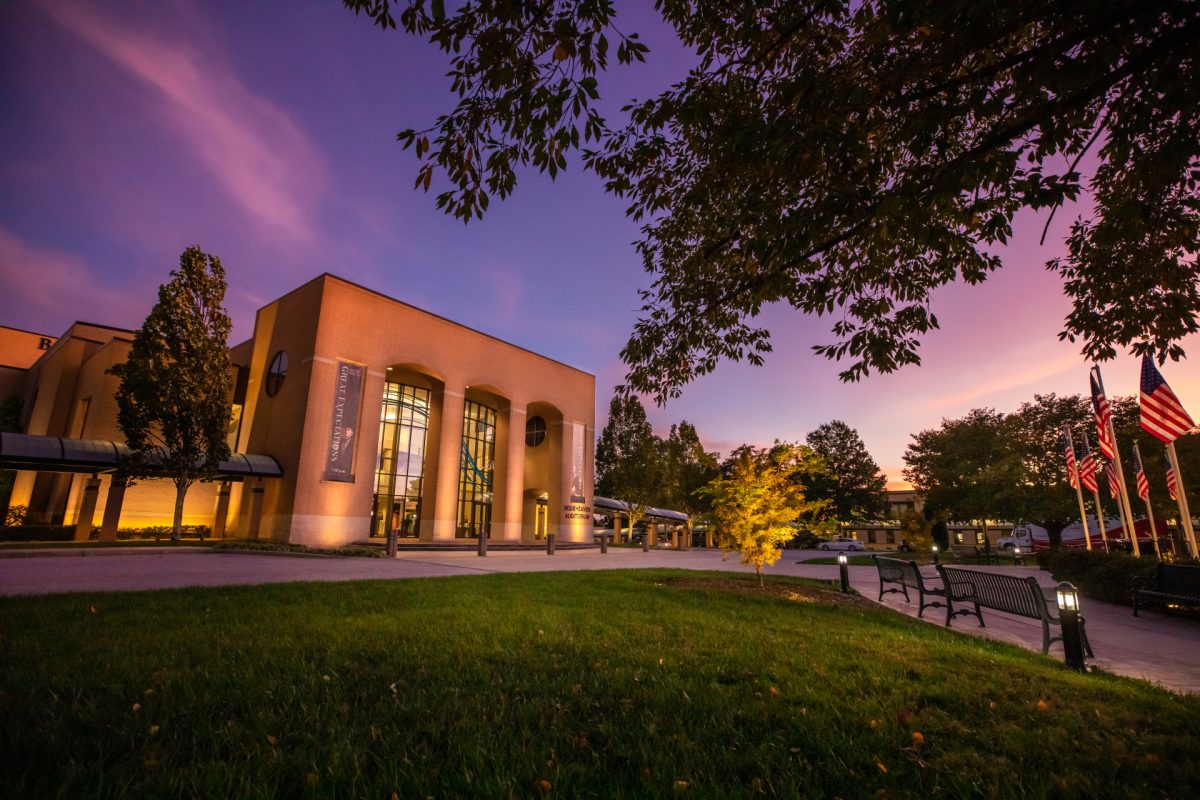


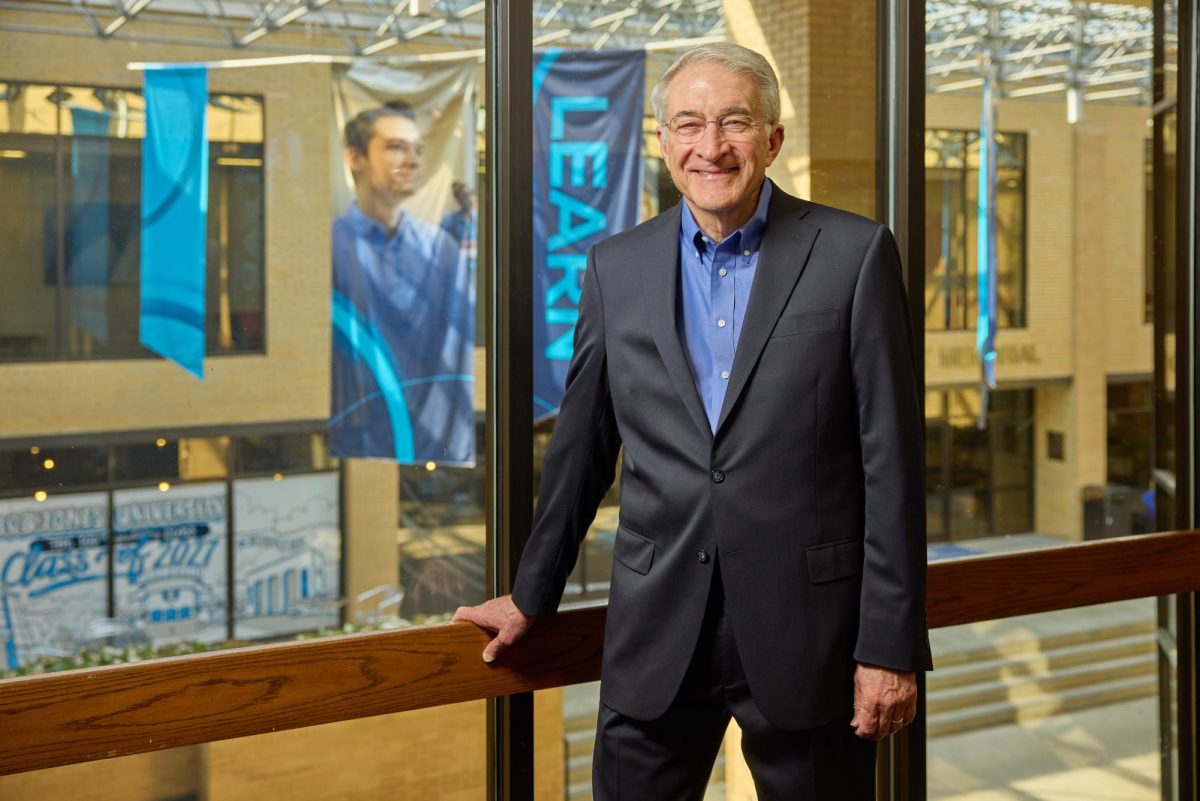




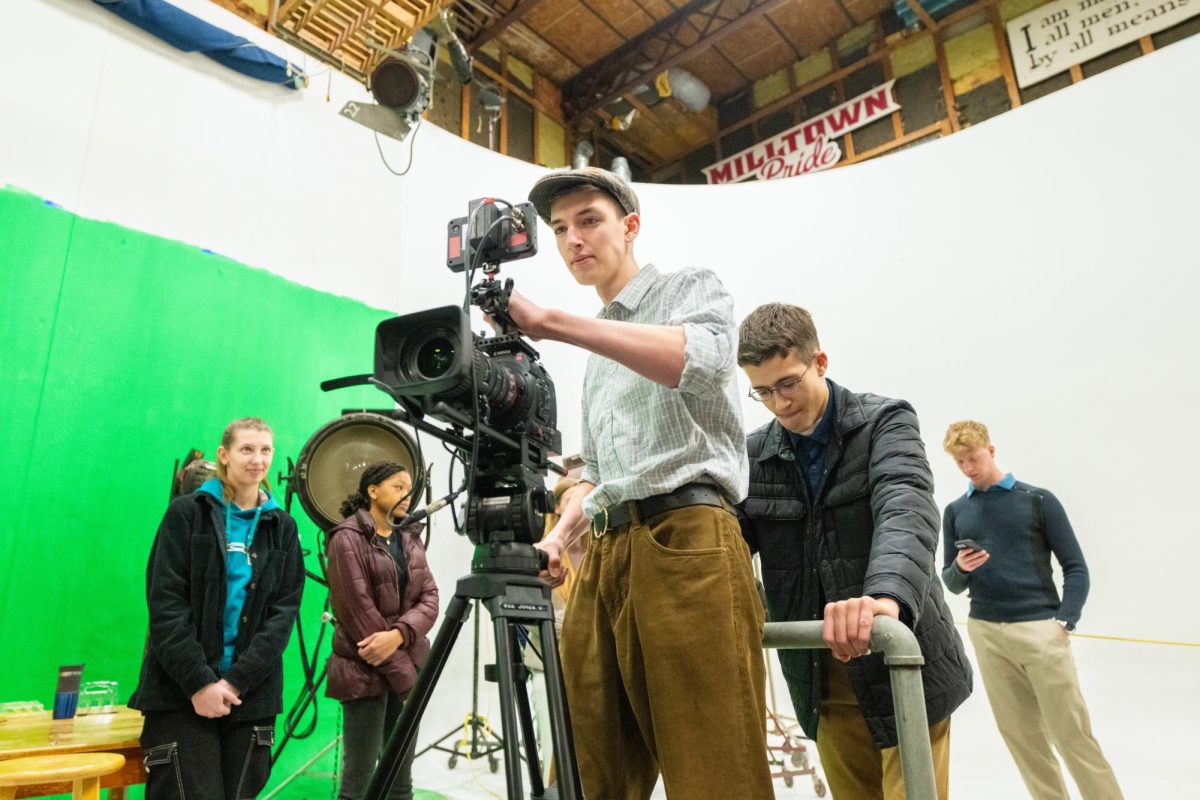




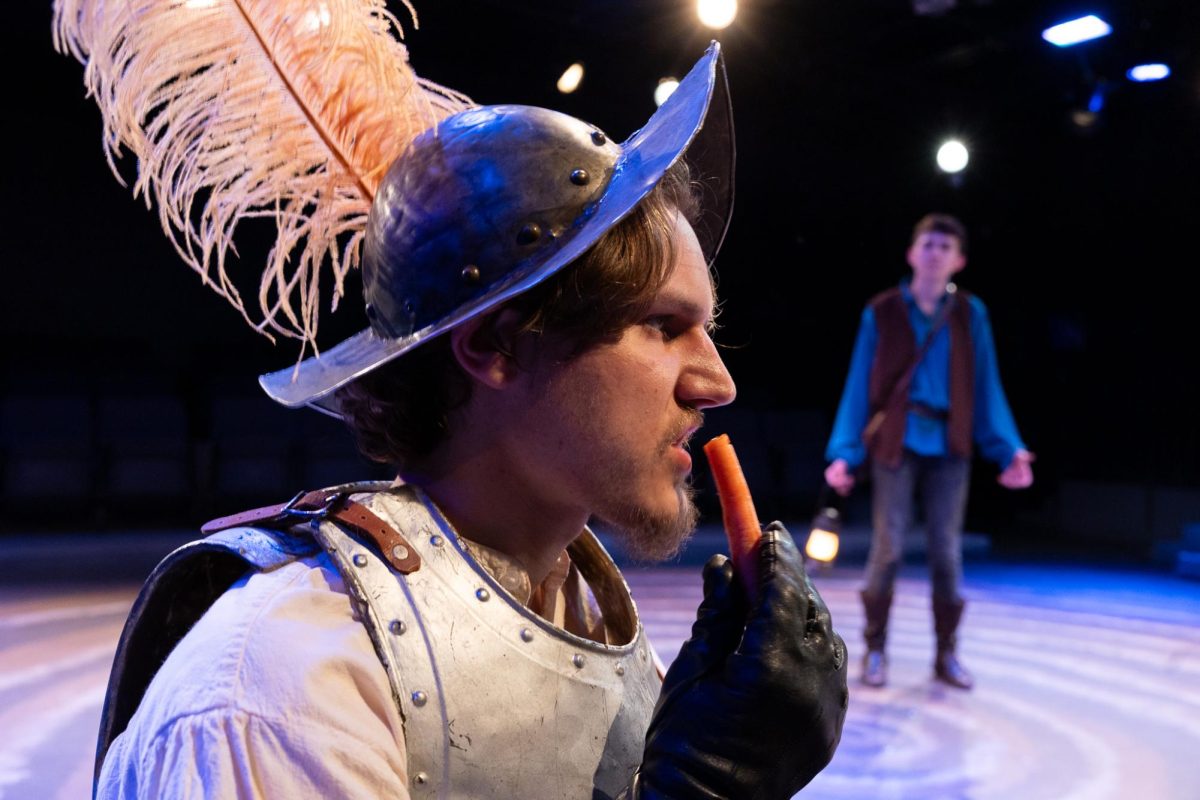
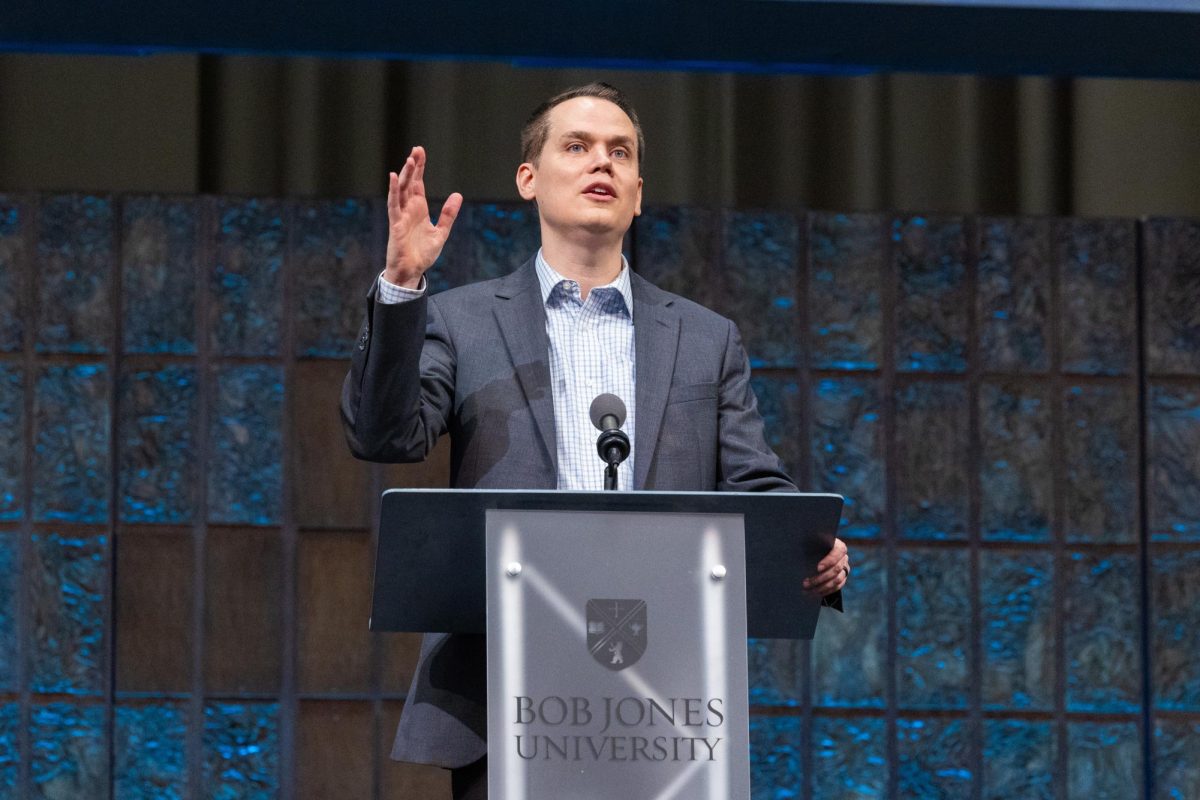
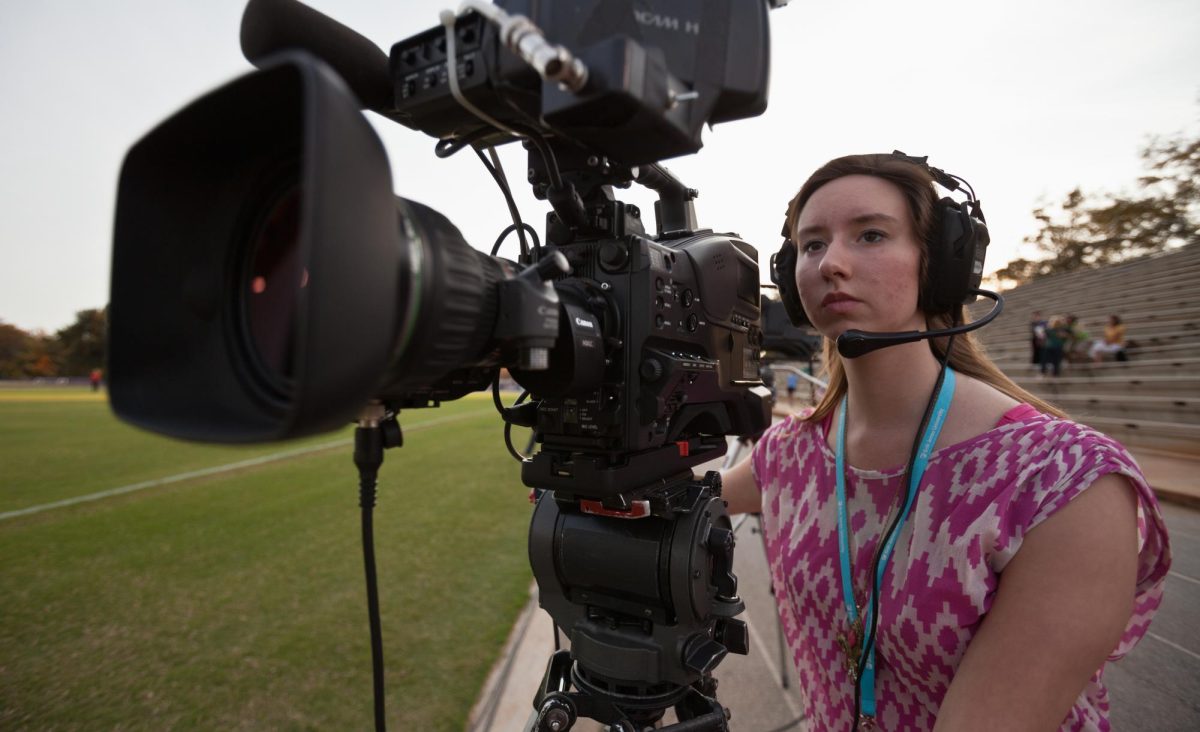







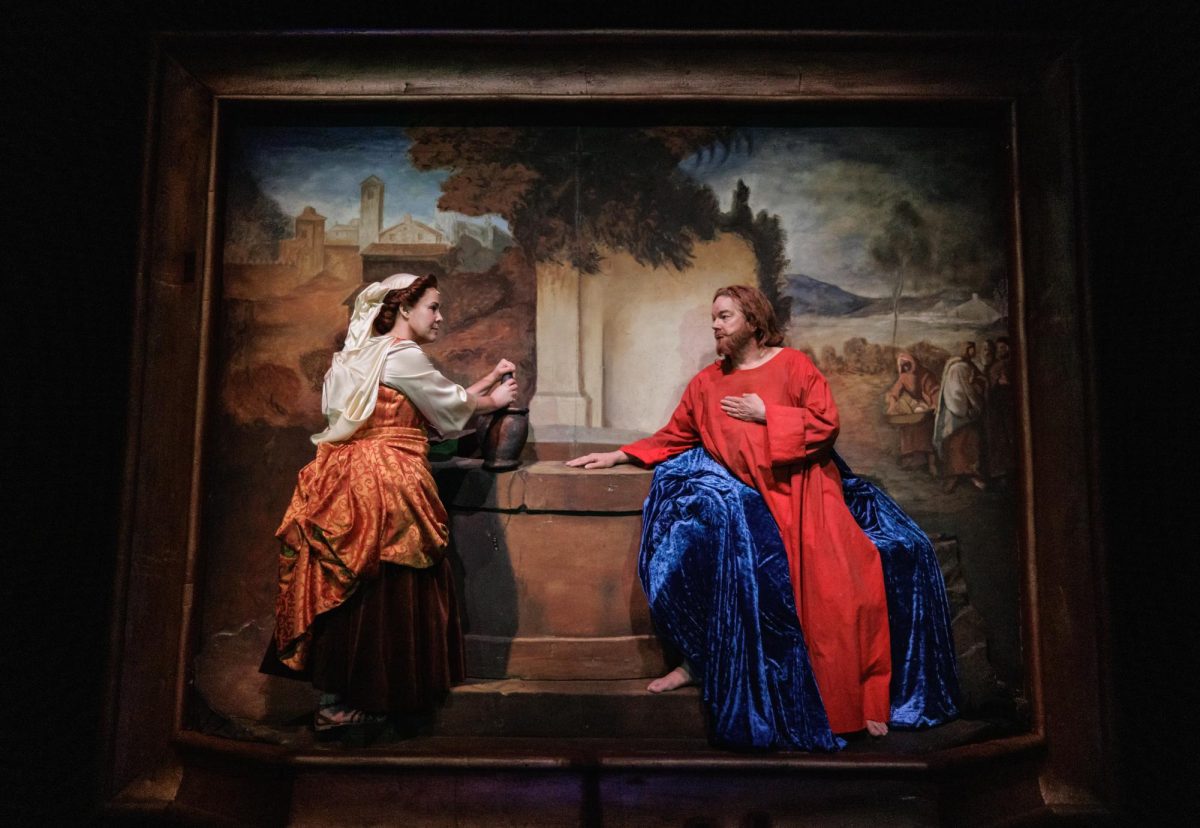
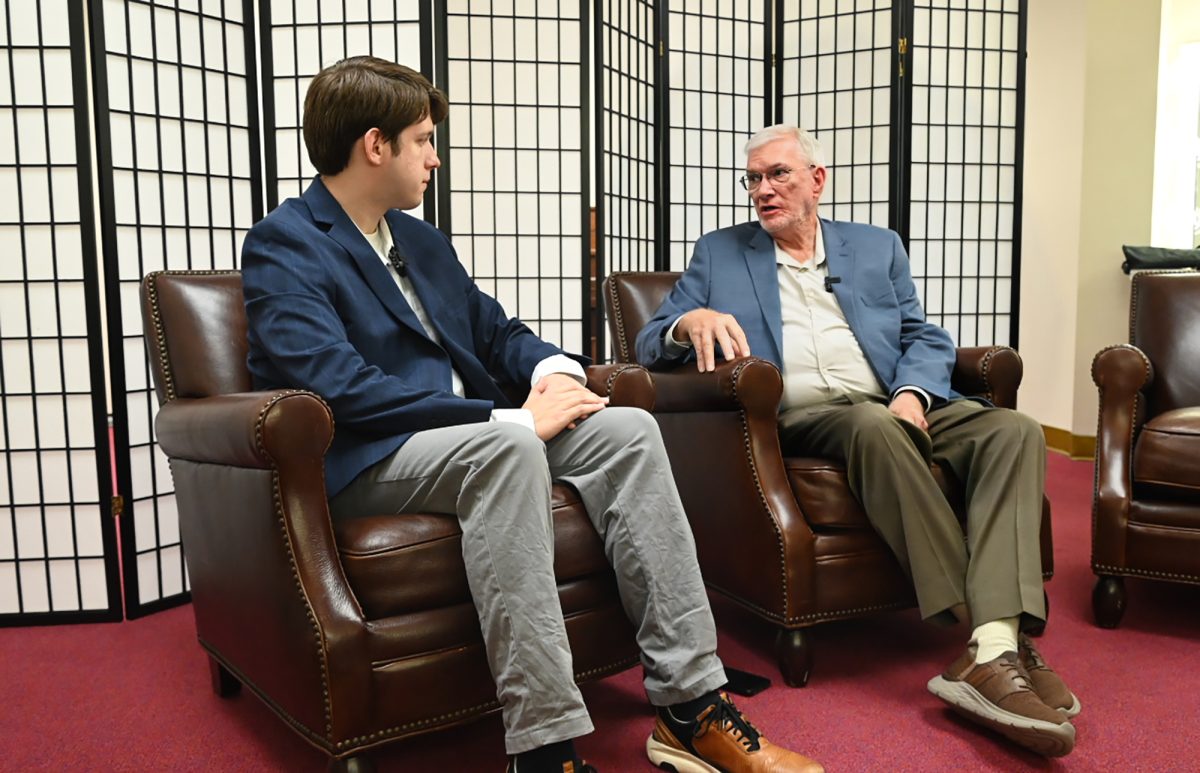

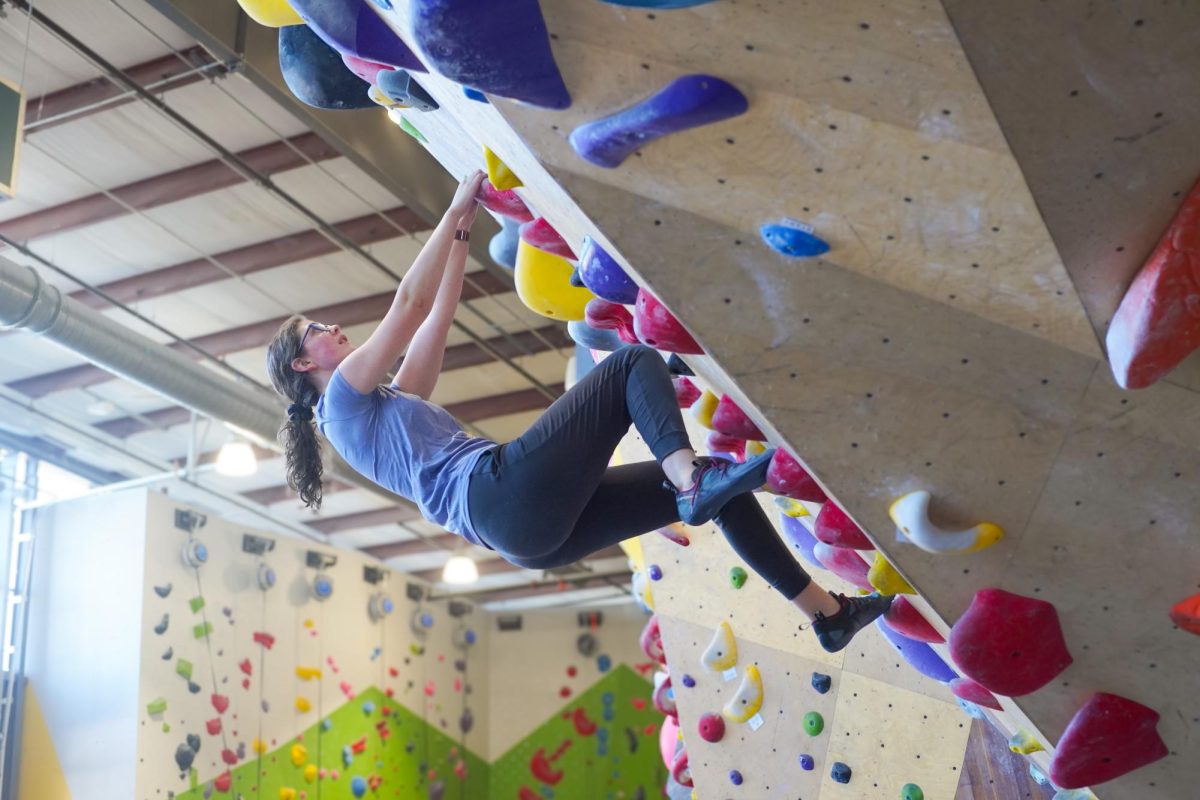
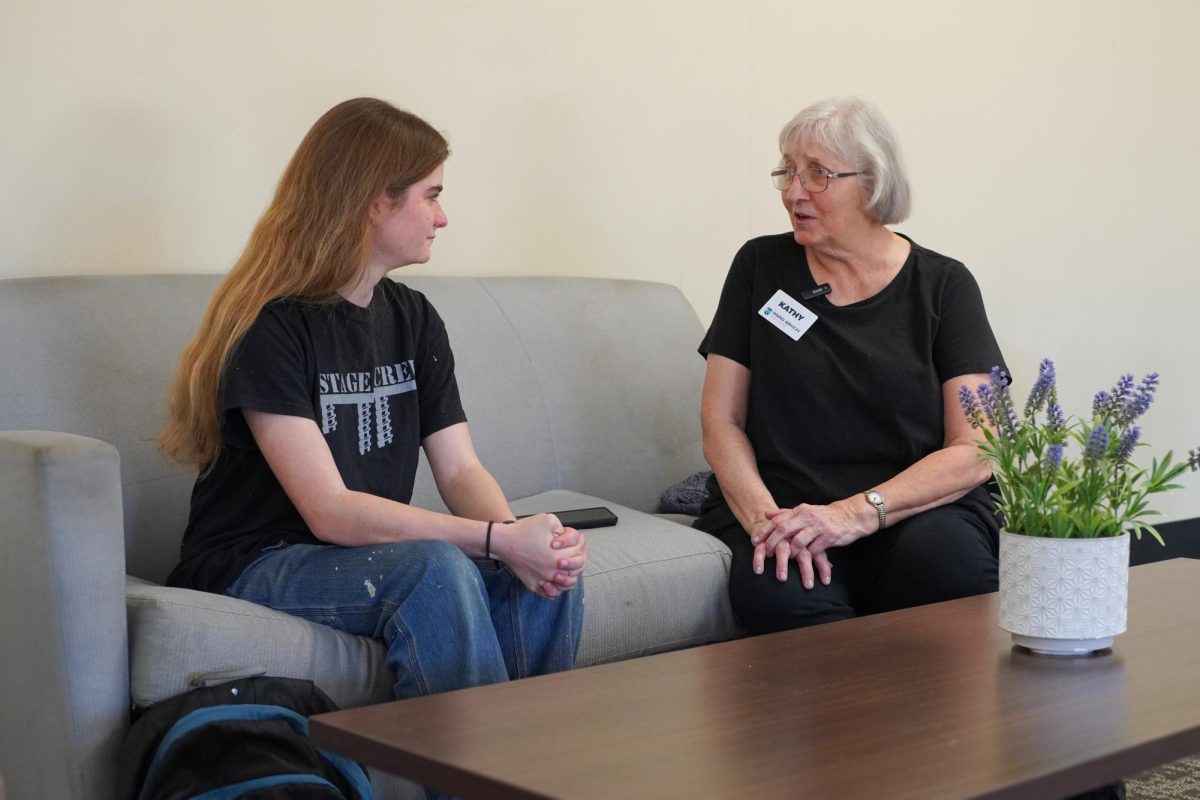
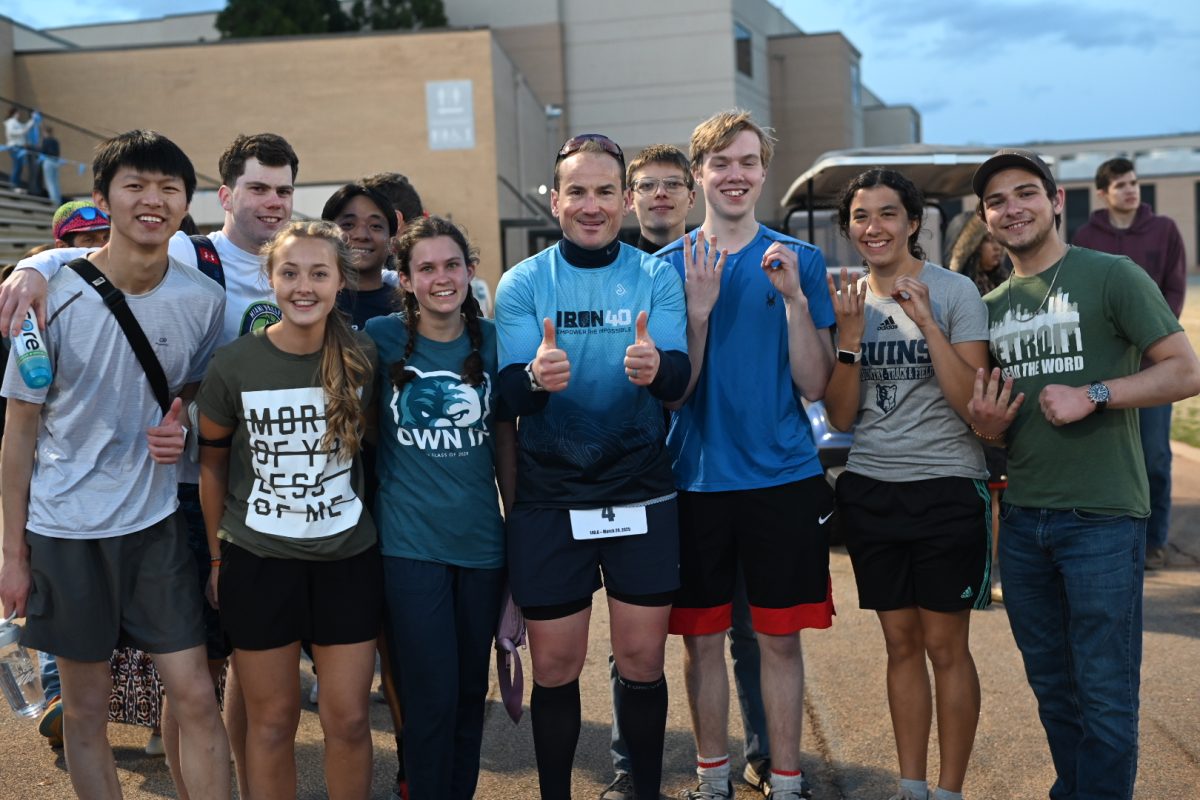
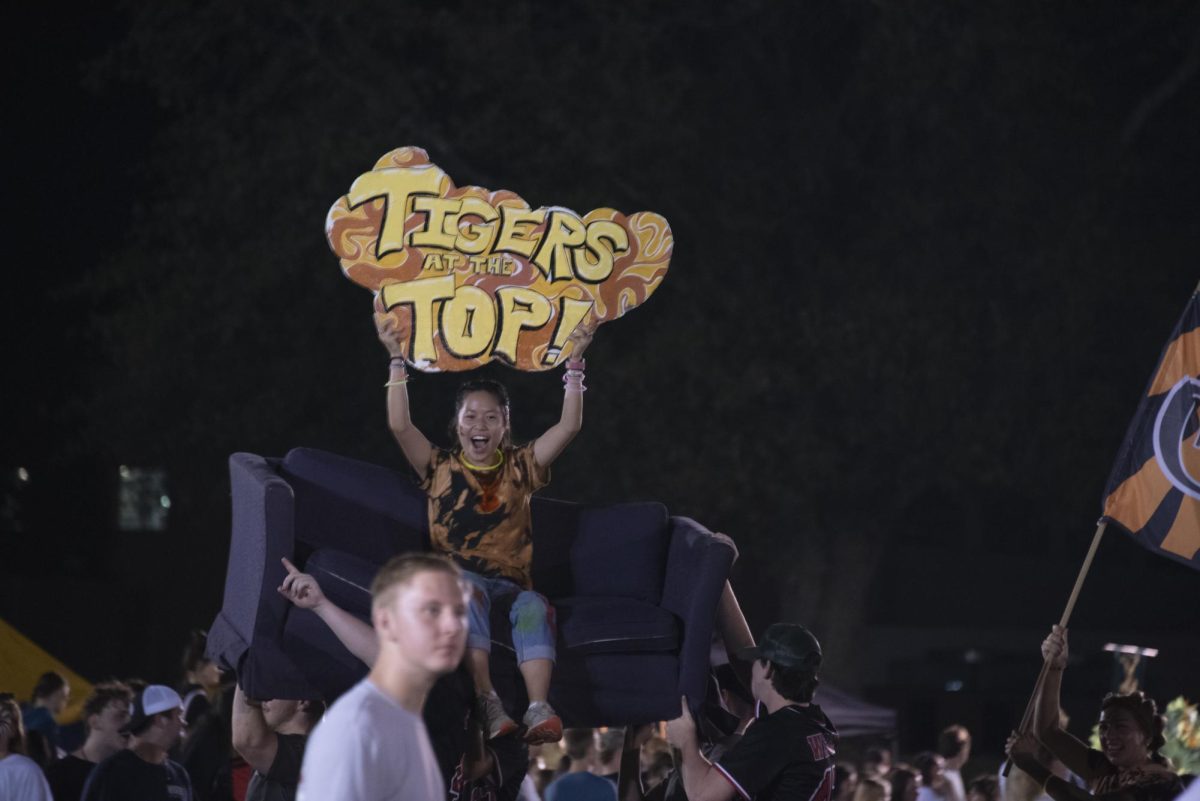




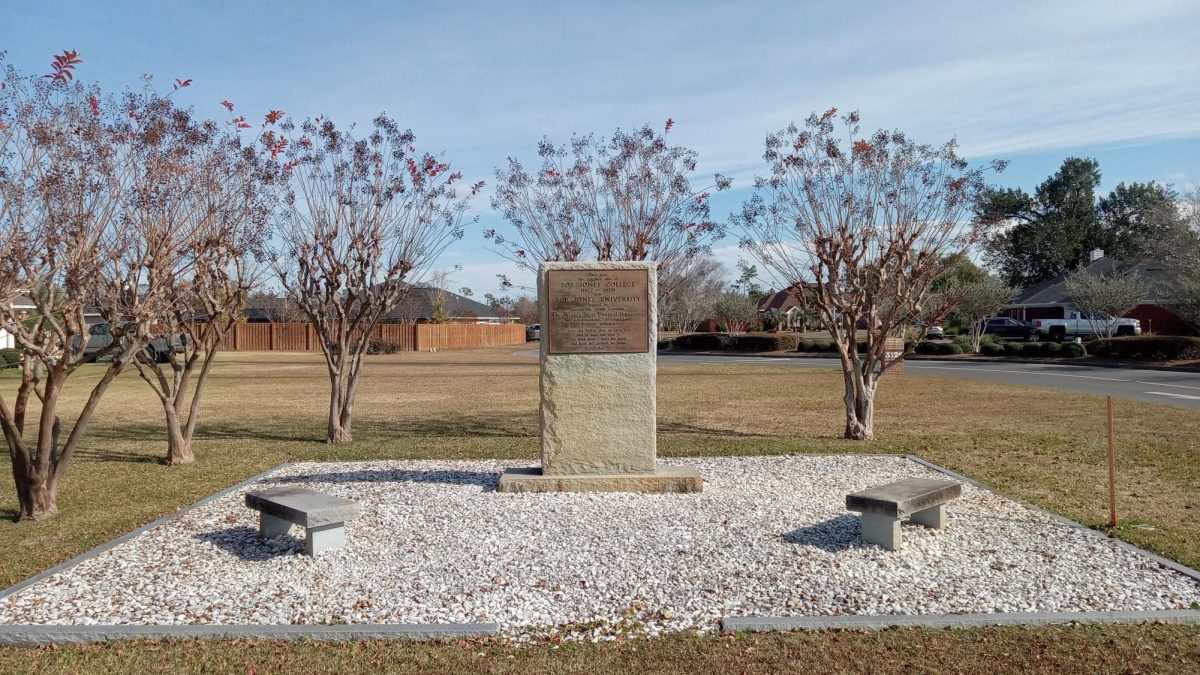

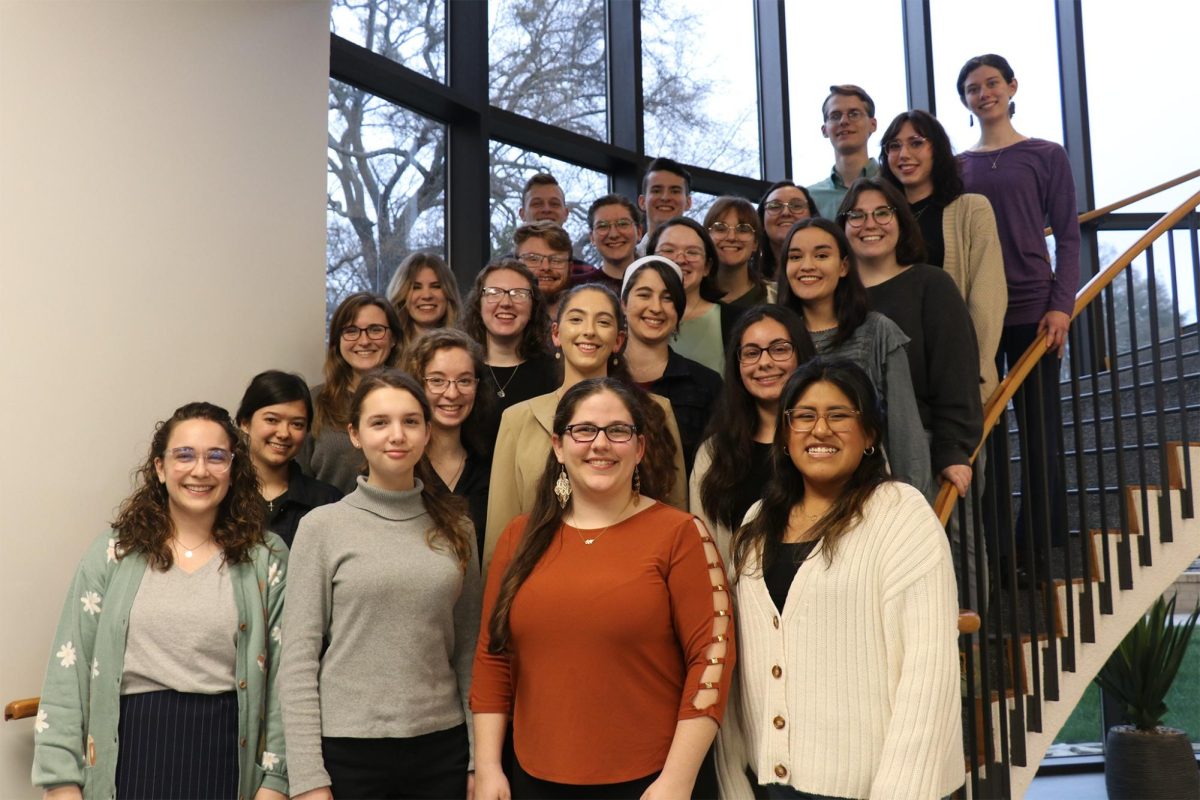







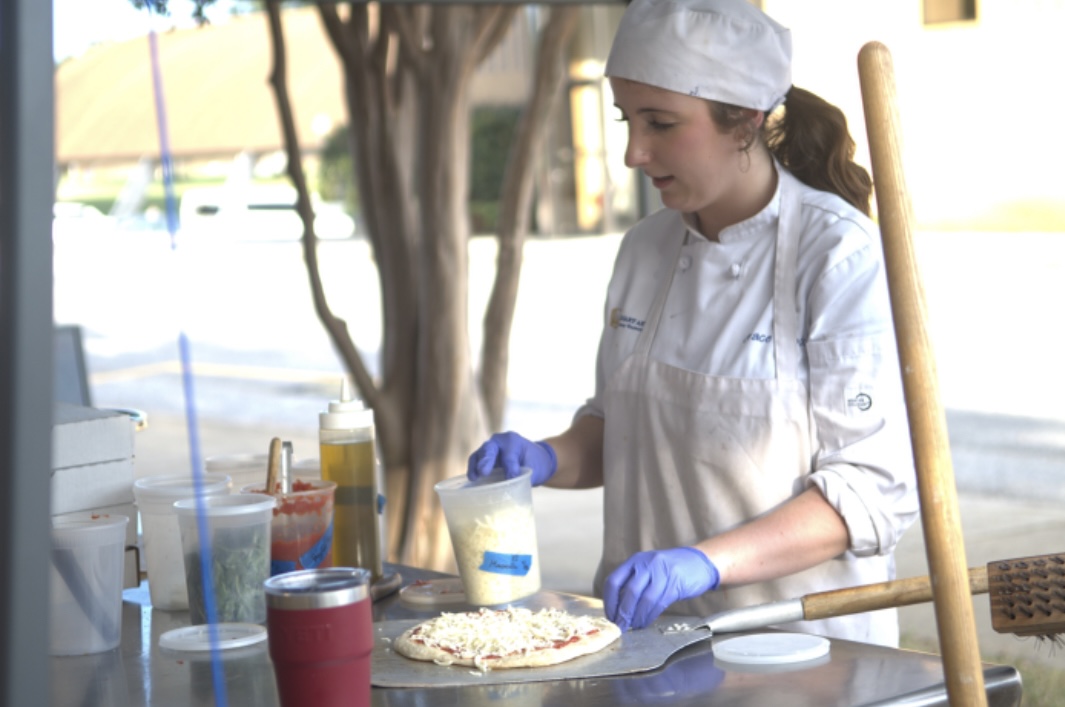
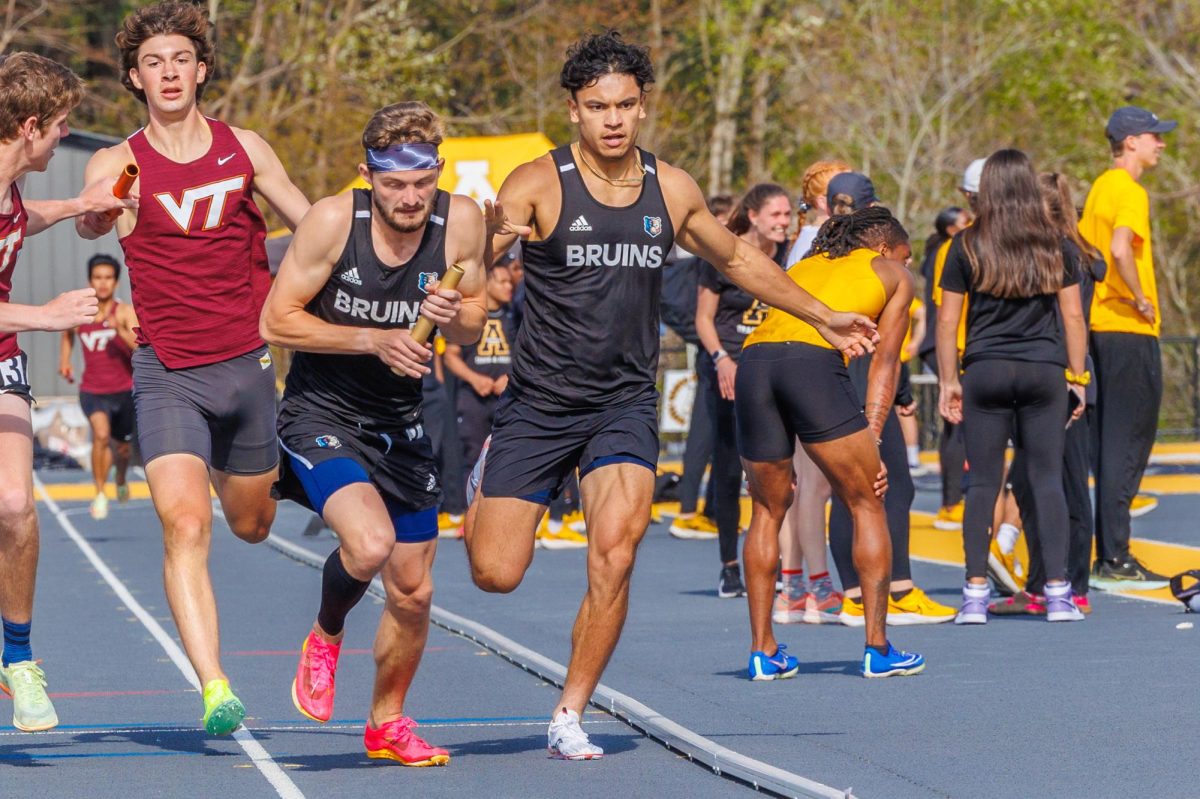

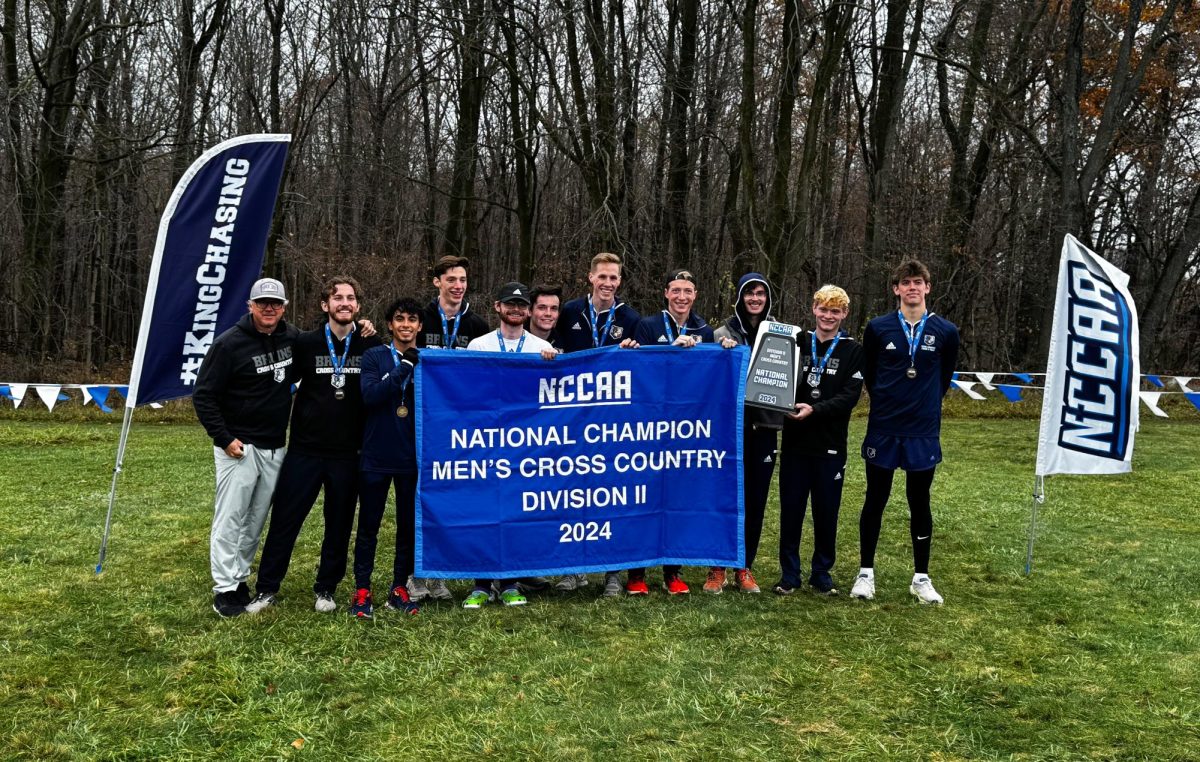


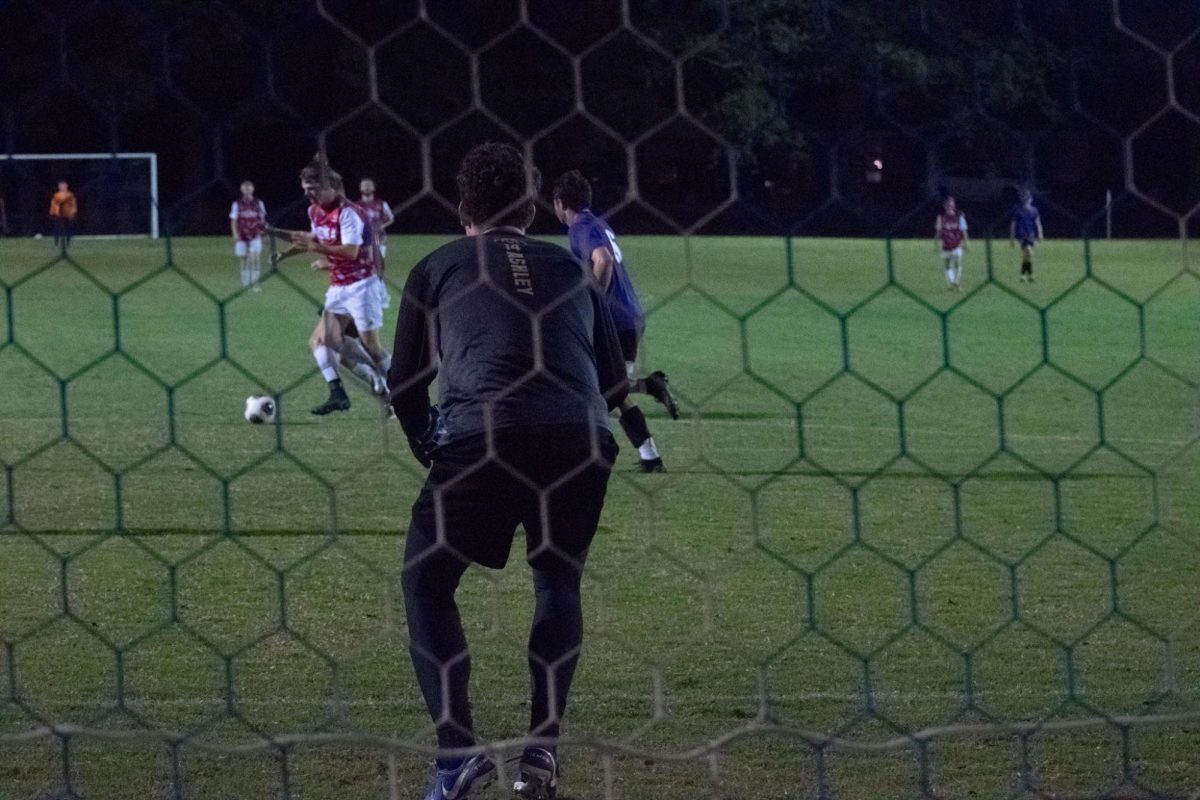
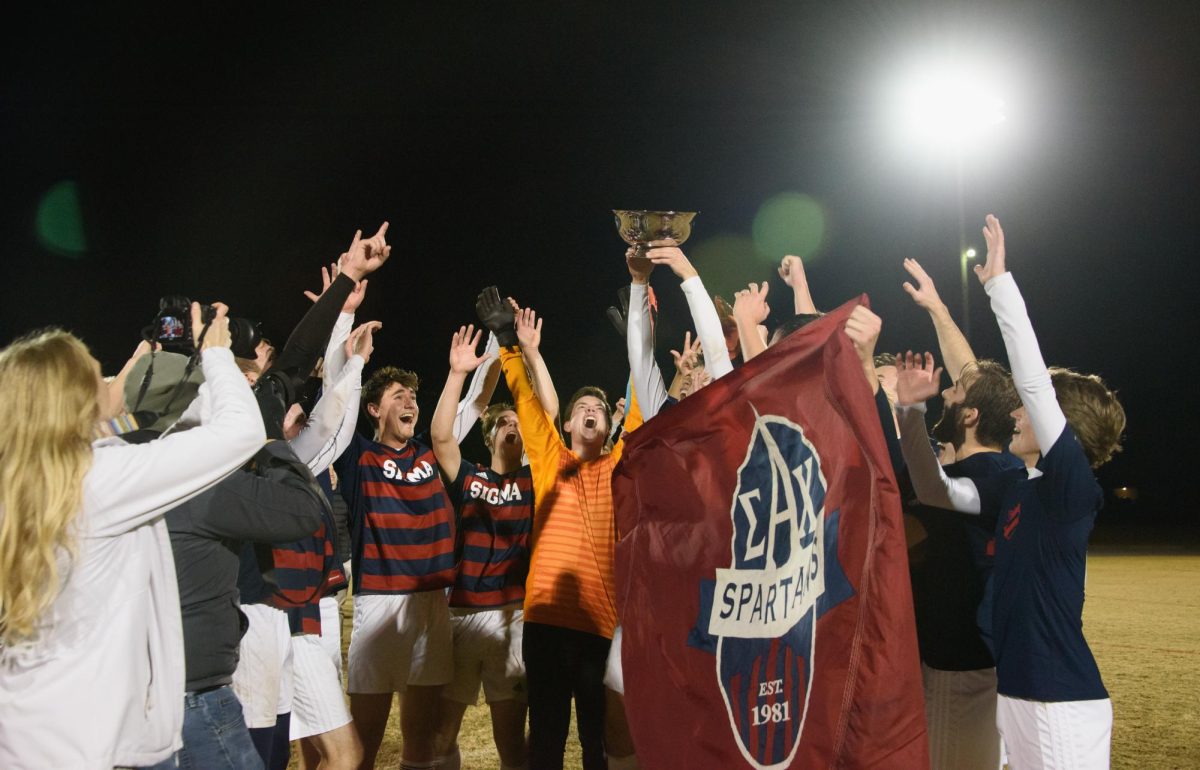






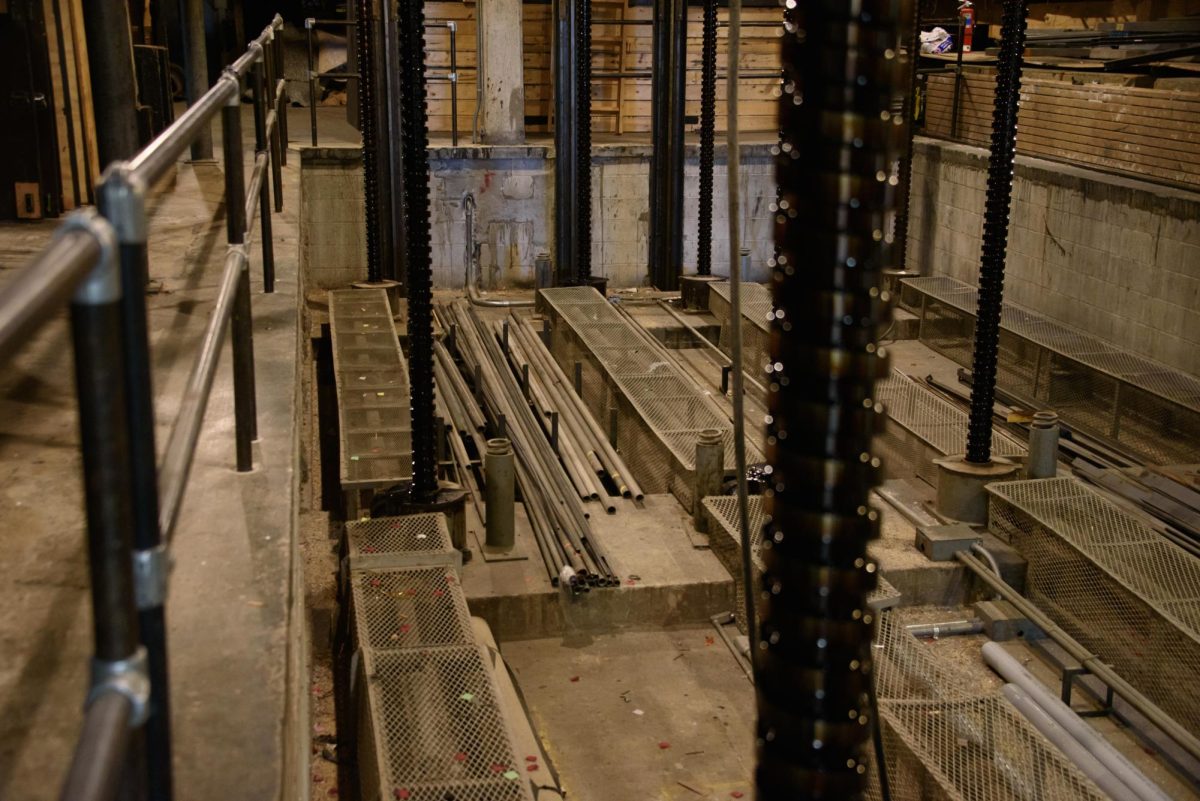
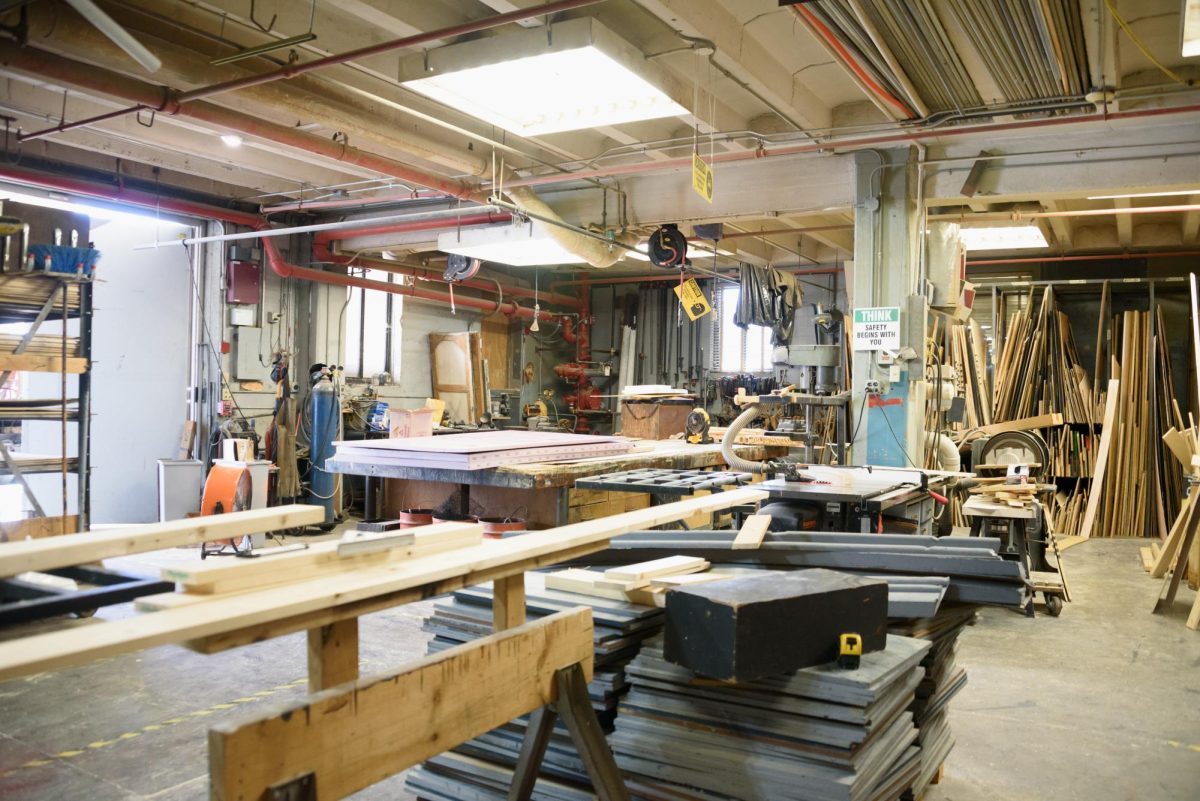


The Writer • Apr 4, 2024 at 3:26 pm
I really enjoyed writing this article! My favorite part was climbing up into “the beams” where I got to see the stage from the lighting crew’s point of view. It’s the most risky thing I’ve done to get a story so far.